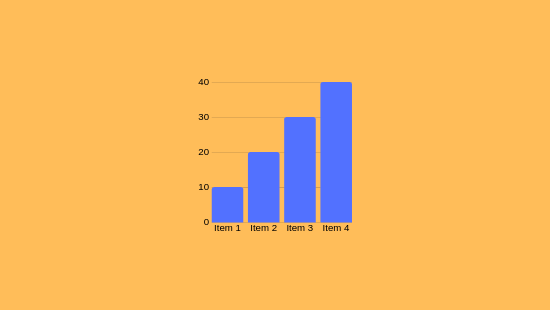Forex Indicators: Operational Mechanics

As you delve into Forex indicators, you'll understand they are computational techniques analyzing price and volume data to predict market behaviors. These indicators assist in identifying market patterns, confirming market cues, and uncovering extreme market conditions situations. For example, the RSI gauges momentum, while Bollinger indicators assess volatility. Enhancing your trade techniques by integrating these metrics is essential, especially if aiming to control risks adeptly.
Understanding Forex Indicators
Forex indicators are mathematical aids embedded in graphs to assist traders in scrutinizing market dynamics and making informed decisions. They provide perspectives into price movements and market possibilities by processing historical and real-time data.
Forex tools are categorized into four primary groups: trend indicators (e.g., Moving Averages), momentum indicators (e.g., Relative Strength Index), volatility indicators (e.g., Bollinger Bands), and volume indicators.
These tools can signal reversals, confirm trends, or highlight overbought/oversold climates. If you're looking to enhance your methodologies, understanding these indicators is vital.
Categories of Forex Analytical Instruments
When assessing market trends, traders often deploy a selection of measures to aid in decision-making.
Forex tools are categorized into different classifications, each fulfilling distinct functions.
Trend Indicators like Moving Averages (MA) and Bollinger Bands aid in uncovering movement patterns and potential breakouts.
Momentum Indicators, such as the Moving Average Convergence/Divergence (MACD) and Relative Strength Index (RSI), identify momentum changes and indicate excessive buying/selling.
Volatility Indicators like the Average True Range (ATR) quantify market variability, assisting investors in setting stop-loss thresholds.
When applied wisely, these indicators can enhance trade outcomes.
Key Indicators for Trading Decisions
To effectively make trading decisions, understanding and applying key indicators that evaluate market states is essential.
Price Movements (MA) display average prices over specific periods, unveiling tendencies by smoothing fluctuations.
The RSI gauges market force on a 0–100 scale, flagging overbought conditions above 70 and highlighting excessive sell below 30.
Moving Average Convergence Divergence compares two EMAs to confirm the trend direction, with graphical representations illustrating bullish or bearish phases.
Bollinger Bands utilize variability measures around a moving average to assess fluctuation and potential reversals.
Fibonacci Retracement levels denote price thresholds based on prior price movements.
Synthesizing these indicators boosts accuracy by authenticating prompts if aligned, facilitating precise timing for currency matchups.
Using Indicators for Risk Management
As you fine-tune investment methods, effectively applying indicators for risk management is essential. Tools like Moving Averages visit the website and Bollinger Bands notice volatility and identify potential entry/exit points for risk oversight.
These tools permit the setting of stop-loss orders and limit orders, critical for limiting possible losses.
For instance, applying stop-loss orders restricts your loss to a certain limit, such as 2% of your trading portfolio per trade. This measured strategy aids in managing forex risks by curtailing exposure to market volatility and leverage, which are significant challenges in currency trading.
Combining Indicators for Enhanced Accuracy
Combining indicators is a sophisticated strategy for elevating accuracy in forex trading. This method enables for the use of diverse instruments to evaluate several aspects of market dynamics, including trends, drive, and volatility.
By implementing indicators like Price Averages, RSI, and MACD, you can craft formidable trading strategies. For example, pairing Moving Averages with RSI and Volume validates trend direction and momentum, while Bollinger Bands with Stochastic discovers volatile scenarios and possible reversals.
If indicators from separate categories align, redundancies are reduced, and trade signals are intensified.
Conclusion
You now grasp how forex indicators operate, covering their types like trend, momentum, and volatility tools. These elements assist in spotting potential reversals and confirming trend continuity. By integrating indicators, trading precision is enhanced, and risk oversight is better managed. As an example, using the Relative Strength Index (RSI) to highlight buying peaks and Bollinger Bands to evaluate volatility can improve your decisions.